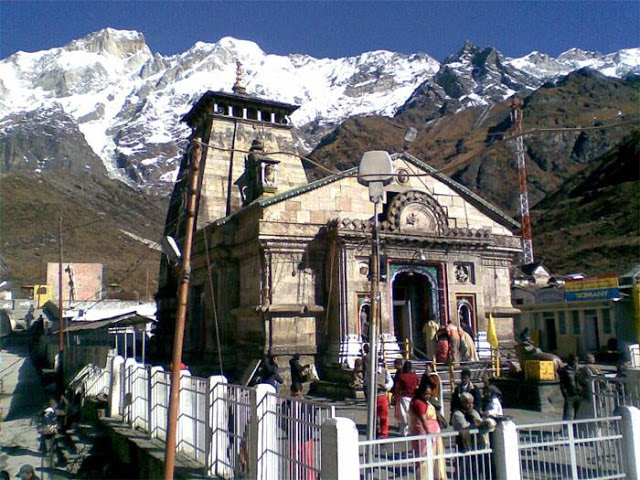The Char Dham Yatra of Uttarakhand which is also known as the Chota Char Dham Yatra in India, this Hindu pilgrimage circuit is considered to be extremely importance. As per Hindu mythology, the prominent saint and philosopher Adi Shankaracharya established these holy destinations and shrines of Badrinath Kedarnath Yatra, with an aim of evoking a spiritual feeling within the soul of devout Hindus. It is believed that if an individual goes on this pilgrimage to these holy centres then they will attain moksha (freedom from the cycle of birth and rebirth). Every year, annually these vital Dhams caters to almost 2 lakh devotees and tourists from all over the subcontinent and across the globe. Not only are these abode of the lord extremely sacred but the surrounding captivating beauty makes the journey worthwhile.
Importance of Badrinath Dham Yatra

Located on the right bank of holy River Alaknanda and perched at a height of 3,133 metres, Badrinath Dham is one of the oldest Hindu sites of worship. The towering peaks of the majestic Nar Narayan snowcapped mountain forms the backdrop of this vital temple. This is the largest Dham among other five Badris and just like every Dham it is also dedicated to Lord Vishnu. The name ‘Badri’ is inspired from the availability of the wild berries available here and was reestablished during 9th century.
Myths Related to Badrinath Dham
There are numerous myths related to the establishment of Badri Dham, some say that since Lord Vishnu was meditating in the Badri forest his consort gave him the name of Badri Vishal which later became the name of the temple, another reason is that since the gods knew that the earth won’t be able to withstand the force of the holy River Ganga so they split the river into 12 different tributaries one of them being River Alaknanda which passes by Badrinath Dham. All these reasons along with numerous others make Badrinath Dham Yatra extremely pious.
Importance of Kedarnath Dham Yatra

Situated at a high altitude of 3,584 metres above sea level, and being home to home of the 12 Jyotirlingas in India, Kedarnath is said to be the seat of Lord Shiva. People believe that people visiting this Dham will be cleansed of their sins leaving their souls purified; this fact attracts lakhs of pilgrims and Shaivites to this holy destination. Kedarnath houses several Kunds (pools or tanks) which are religiously significant and bears significant natural healing properties which is said to rid the pilgrim from their body pains and aches. Adi Shankaracharya is to be credited with the re-establishment of this holy centre. It is also believed that if a devotee visits the Kedarnath Dham after Badrinath Dham then he is guaranteed to achieve some peace of mind.
Myths Related to Kedarnath Dham
As per ancient Hindu Vedic and other scriptures, Lord Shiva had agreed to dwell in this place at the hearty request of Nar Narayana. It is also said that the Pandava brothers, after the Kurukshetra war, where they had to kill their cousins, came to ask for forgiveness from Lord Shiva so they constructed this temple here in order to pray for penance. The earliest reference for Kedarnath has been seen in Skanda Purana dating back to 7th and 8th century.
When to Go For the Do Dham Yatra
The best time to visit these Do Dham Yatra sites are between the months of June and September since the temple doors are opened and accessible only during the summer months. One can be a part of the opening or closing ceremony of the main Dwar during the ‘on’ season which is considered to be an extremely auspicious time for all the devotees.